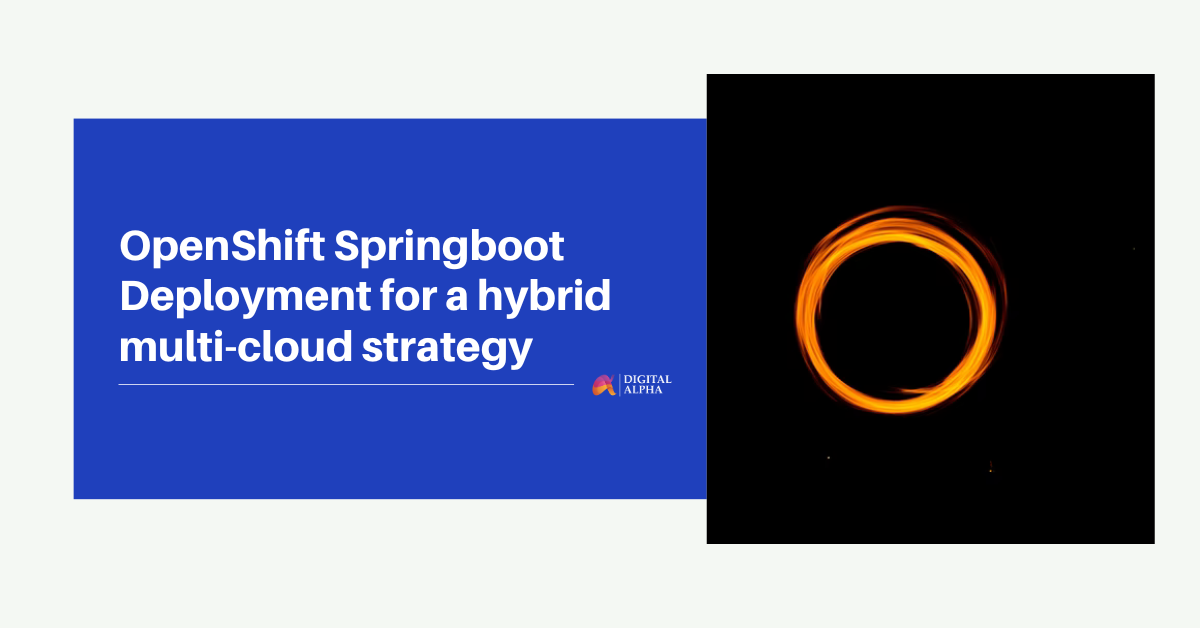A Brief on RedHat OpenShift
RedHat OpenShift is a platform of choice that manages hybrid cloud, multi-cloud, and edge deployments. It provides a consistent experience and gives you the power to pre-select where you deploy and run applications. A full-stack Kubernetes container platform, Redhat Enterprise Linux supports cloud-native workloads, enables edge computing, and offers data-driven results. It endorses multiple programming languages, including PHP, Ruby, Python, and Java. Moreover, it helps firms with security, compliance, and governance needs. With self-service automated operations, it provides a dynamic, seamless, and enterprise-grade user experience.
The Gist of New Features
RedHat Enterprise Linux (RHEL) 7.9 and RedHat Enterprise Linux CoreOS (RHCOS) 4.7 endows Openshift container platform. Ignition updates for LUKS Disk encryption, RHCOS supporting disk mirroring and bolstering redundancy in case of disk failure, and RHCOS enhancing and supporting primary disk are some prominent feature upgradations to be looked after. It is necessary to note that updates get automatically deterred if the machine configuration pool degrades.
Demystifying Popular Container Orchestration Tools
OpenShift is a commercial platform-as-a-service (PaaS) product created by RedHat. On the other hand, Kubernetes is an open-source container as a service (CaaS) framework created by Google developers. Kubernetes is supported by big cloud providers, including AWS and Azure. Besides OpenShift has a devoted Jenkins container and offers multi-cloud solutions. Kubernetes requires you to manually set up the CI/CD process. Further, Kubernetes belongs to the Cloud Native Computing Foundation (CNCF).
While both the tools manage a group of containers or clusters, OpenShift is considered more secure and has an intuitive UI. Kubernetes has a complicated user experience that may confuse beginners or novices. Additionally, Kubernetes could be considered the kernel of distributed systems. For hosting images, Kubernetes require an external docker registry. However, OpenShift has a built-in registry. Relatively, Kubernetes is hard to provision, whereas, OpenShift has a simple dashboard with ready-to-use templates.
RedHat OpenShift for Hybrid Cloud Environment
Even though full-scale cloud migration is the ultimate goal for organizations, reaping its maximum benefits is challenging. That’s when a hybrid multi-cloud strategy comes in handy. Based on master hosts and worker nodes, OpenShift architecture helps you build microservices apps across the hybrid cloud. While converting legacy applications into cloud-native solutions, firms still realize the need for having certain services on-premise or on the cloud. To learn more about multi-cloud management, check out this column.
Digital Alpha’s accelerator: OpenShift SpringBoot Deployment
Our solution aids clients in breaking existing monoliths into microservices and deploying them on-premise or in the cloud using Kubernetes as a container orchestrator and Istio as a service mesh. Our Openshift Springboot Deployment solution covers the following functionalities or components,
- Build reactive microservices using SpringBoot
- Develop resilient and scalable microservices using Spring Cloud
- Use Spring Security to protect public APIs
- Implement docker to bridge the gap between development, testing, and production
- Deploy and manage microservices using Kubernetes
- Apply Istio for improved security, observability, and traffic management
- Database deployment to OpenShift
